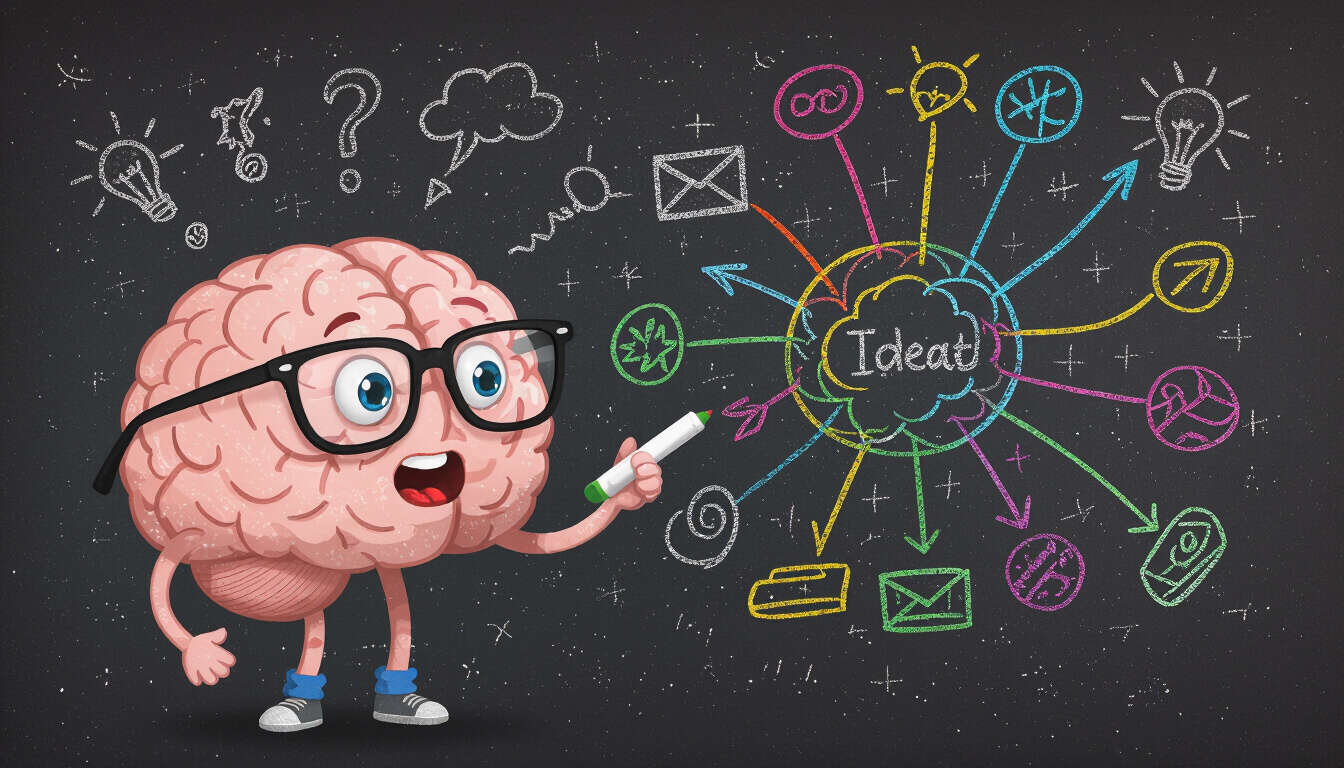The Science Behind Mind Mapping for Better Focus
 by Shanie Goodwin
by Shanie Goodwin
Mind mapping offers a simple way to organize thoughts and boost productivity, drawing from cognitive research. This technique helps professionals and students structure ideas visually, leading to improved efficiency and clearer focus in daily tasks.

Mind mapping serves as a key tool for organizing complex ideas into visual formats that enhance memory and efficiency. Studies show that this method activates multiple brain areas, making it easier to retain information.
How Mind Mapping Works
Mind mapping involves creating diagrams where a central idea branches out into related concepts. For instance, productivity can stem from a core node with sub-branches for time management and goal setting. Research from cognitive psychology indicates that visual aids like these improve recall by up to 30%, according to experiments with participants.
In practice, this technique reduces cognitive load by allowing the brain to process information spatially. A study published in a leading journal found that students using mind mapping completed tasks faster than those relying on linear notes. This approach is particularly useful for busy individuals juggling multiple responsibilities.
Benefits for Daily Life
For professionals, mind mapping can streamline project planning. By visually connecting tasks, it helps prioritize actions and track progress. One experiment demonstrated that workers who incorporated this method reported higher satisfaction and reduced stress levels.
Students also gain from mind mapping when preparing for exams. It transforms abstract topics into interconnected webs, aiding comprehension. Evidence suggests that this visual strategy strengthens neural pathways, leading to better long-term retention.
To get started, begin with a blank page and a central theme. Add branches for main ideas and sub-branches for details. Tools like paper or digital apps make this process straightforward. Remember to use colors and images to engage the brain further, as research supports that multisensory input boosts focus.
Implementing Mind Mapping in Routines
Incorporate this habit into weekly planning sessions. For example, use it to outline meeting agendas or study schedules. Over time, consistent application can lead to noticeable improvements in workflow. A review of workplace studies highlights that visual organization tools like mind mapping contribute to overall task completion rates.
While results vary, the core advantage lies in its adaptability. Whether for creative brainstorming or problem-solving, this method fosters innovation. Professionals often note that it clarifies thoughts during high-pressure situations.
In summary, mind mapping stands out as an effective strategy backed by evidence. By integrating it into everyday routines, individuals can achieve greater efficiency and mental clarity.
